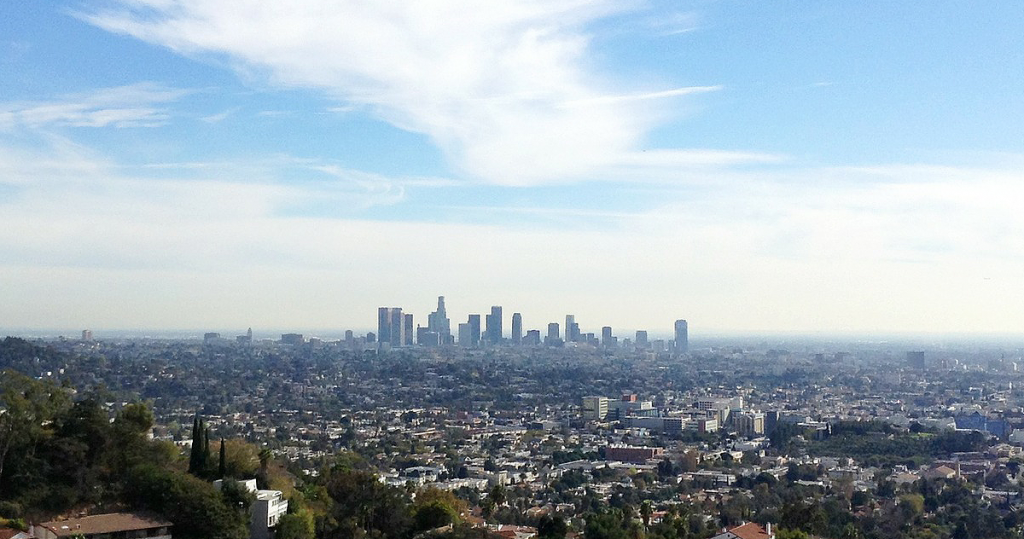Adding up all of the snares coming developers’ way from uncertain tax and regulatory policies, housing shortages, slow new construction, to several unpredictable wildfires and hurricanes, commercial development experienced somewhat of a shake up over the last year.
Yet, according to this year’s Emerging Trends in Real Estate Report® annually produced by the Urban Land Institute and PricewaterhouseCoopers, there are more tailwinds than headwinds for investment development in Los Angeles. The report named L.A. one of the top markets to watch this year – why is L.A. so hot?
Who’s Hot and Who’s Not
Replacing Texas which has occupied the top spot in the last three Emerging Trends® reports is Seattle. That was one of the surprises of this year’s survey. The other is that there were only two primary markets in the top 10 this year; Boston and Los Angeles.
Analysts point to two historically disastrous hurricanes last year for Texas’ fall from the top spot this year, although Houston has fallen 20 points over the last couple of years, before the hurricanes. But, natural disasters are only one of the things shaking up this year’s real estate trends. Namely, price competition is forcing development dollars out of many primary markets.
For example, though there were only two primary markets in the top 10, the rest was entirely made up of secondary markets or primary adjacent markets – so there is still heat in traditional gateways. However, there are primary markets falling dramatically out of the top 10 including Manhattan falling to 46 and San Francisco, one of the strongest investment cities, fell to 27.
Why LA is so Hot for Investment Development
For one, L.A. is always seen as a good place to invest simply because of its gigantic population, variety of industries and markets, and location as a port city and global hub. One argument is that there is so much money coming into the market that investors have run out of options in traditional gateway markets.
It is also possible that the investment heat coming to L.A. could mean that there are opportunities in some primary markets across the country but that the lure of lower costs and less competition in secondary markets is attracting dollars away from most major markets. Either way, what is important for L.A. investors to note is that like everywhere else, investors are eyeing submarkets in L.A. in large part.
Tech, Education, and Quality of Life All Reasons for L.A.’s Growth
This year’s survey also pointed to the above average number of highly educated workers in L.A. for investors’ interest. Long the hub for tech innovators, last year alone, L.A. attracted close to $7 billion in investments for startups, backing local developments, and seeking out tech talent.
Talent and an educated workforce are also reasons for Seattle’s ascension to the number one spot. It like many primary and secondary cities in L.A. is being targeted by established businesses and startups for their access to this lucrative pool of employee talent. Of course, L.A.’s location and climate, paradisiacal landscape, and standing as an entertainment capital of the world have always been lures for attracting investors and people to the area.
Challenges Threatening LA’s Heat
The elephant in the room that is the biggest challenge to L.A.’s hot market is its high cost of living. Prices are well above the national average and are meeting or exceeding pre-recession levels in many places.
Moreover, there is also a housing shortage threatening the city’s ability to attract more talent. Add to that community resistance to some of the planned developments in and around L.A. and rising construction costs slowing new construction in multifamily and office and there could be cold water on the horizon aiming to douse the heat coming from L.A.’s hot development market.

